
Namaqualand is an arid region of Namibia and South Africa, extending along the west coast over 1,000 km (600 mi) and covering a total area of 440,000 km2 (170,000 sq mi). It is divided by the lower course of the Orange River into two portions – Little Namaqualand to the south and Great Namaqualand to the north.
The following lists events that happened during 1886 in South Africa.
The following lists events that happened during 1871 in South Africa.
The following lists events that happened during 1869 in South Africa.

Port Nolloth is a town and small domestic seaport in the Namaqualand region on the northwestern coast of South Africa, 144 kilometres (89 mi) northwest of Springbok. It is the seat of the Richtersveld Local Municipality.

Springbok is the largest town in the Namaqualand area in the Northern Cape province of South Africa. It was called Springbokfontein until 1911, when it was shortened to Springbok. Springbok is located on the N7 national route which connects the Cape with Namibia, and at the western end of the N14, which connects it with Upington and Pretoria. It is the main town of the Nama Khoi Local Municipality, which also includes a number of surrounding towns such as Okiep and Nababeep.
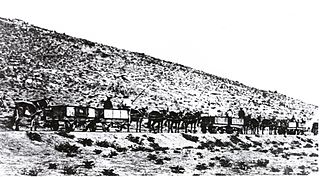
The Namaqualand Railway was a 2 ft 6 in narrow gauge railway operating between Port Nolloth and O'okiep in the Namaqualand region of the former Cape Colony in South Africa. It was originally a mule-drawn railway built to provide an outlet for the copper mines of the region. Constructed between 1869 and 1876, the railway was 93+1⁄2 miles long, with an additional 8 miles purely associated with the copper mine workings. Although owned by the Cape Copper Company, the railway always operated as a public railway.

Richtersveld Municipality is a local municipality within the Namakwa District Municipality, in the Northern Cape province of South Africa.
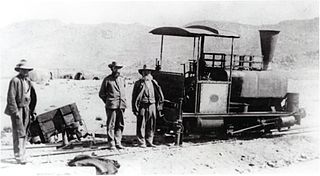
Concordia is a town in Namakwa District Municipality in the Northern Cape province of South Africa. The distance from Concordia to Cape Town is approximately 600 km (370 mi).
Nababeep is a town in Namakwa District Municipality in the Northern Cape province of South Africa.

Steinkopf is a town in Namakwa District Municipality in the Northern Cape province of South Africa.

The Namaqualand 0-6-0T of 1871 were two South African steam locomotives from the pre-Union era in the Cape of Good Hope.
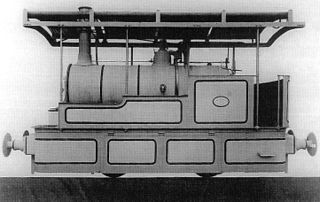
The Cape Copper Mining Company 0-4-0WT Condenser of 1886 was a South African steam locomotive from the pre-Union era in the Cape of Good Hope.
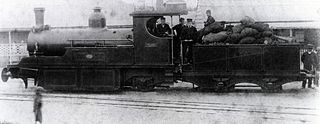
The Namaqualand 0-6-2 Clara Class of 1890 was a South African steam locomotive from the pre-Union era in the Cape of Good Hope.

The Cape Copper Company 0-6-2 Scotia Class of 1900 was a South African steam locomotive from the pre-Union era in the Cape of Good Hope.
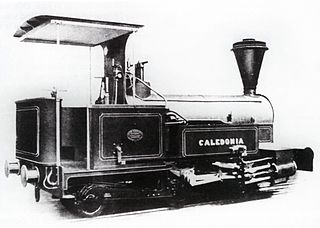
The Cape Copper Company 0-4-2IST Caledonia of 1904 was a South African steam locomotive from the pre-Union era in the Cape of Good Hope.

The Cape Copper Company 0-4-2T Britannia of 1905 was a South African steam locomotive from the pre-Union era in the Cape of Good Hope.

The Namaqua Copper Company 0-4-2STPioneer of 1901 was a South African steam locomotive from the pre-Union era in the Cape of Good Hope.
In South Africa, as elsewhere in the world, the railways played a huge part in development and growth on nearly all terrains in the country. Conversely, events in South Africa and its neighbours over the years had a huge influence on the development of railways.
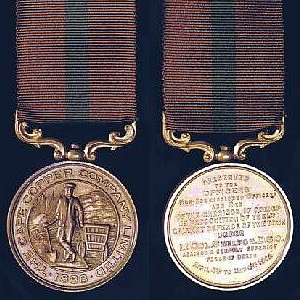
In the Colonies and Boer Republics which became the Union of South Africa in 1910, several unofficial military decorations and medals were instituted and awarded during the nineteenth and early twentieth century. The Cape Copper Company Medal for the Defence of O'okiep is a private campaign medal which was instituted by the Cape Copper Company Limited in 1902. The medal was awarded to members of the O'okiep Garrison who defended the town while it was besieged by Boer Commandos from 4 April to 4 May 1902, near the end of the Second Boer War.


















